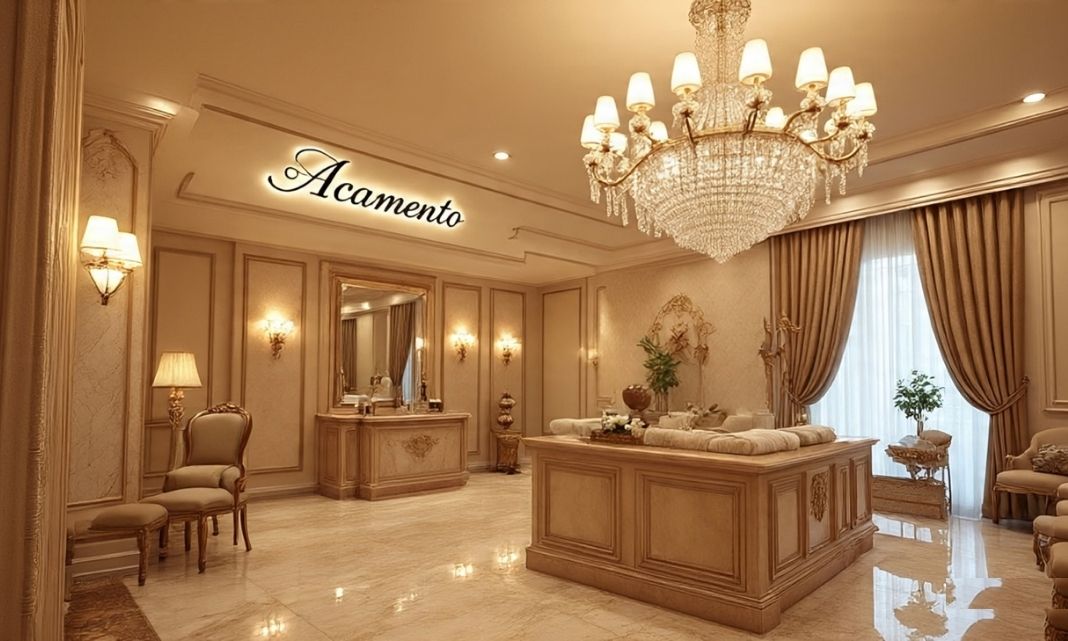In every project—whether it’s building a house, designing clothes, crafting furniture, or creating art—the last step is often the most important. That final detail is called Acamento.
Acamento comes from the Portuguese word acabamento, which means finishing or final polish. It’s the detail that makes something look complete, strong, and special. Think of it like wrapping a gift: the present is great, but the bow on top makes it exciting to open.
In this article, we’ll explore what Acamento means, where you can see it in everyday life, and why finishing touches matter so much.
What is Acamento?
Acamento is the finishing step that makes things perfect.
- In construction, it’s painting walls, adding tiles, or installing shiny handles.
- In fashion, it’s stitching, zippers, or decorative beads.
- In furniture, it’s sanding, polishing, or adding soft fabric.
- In art, it’s the last layer of paint or the final design detail.
Even if “acamento” sounds like a playful twist on the original word, it captures the magic of turning something ordinary into something extraordinary.
Keyword cluster:
- Acamento finishing touch
- What does acamento mean
- Final touches in construction, fashion, and furniture
- Acamento design and polish
Where You Can See Acamento?
Once you know about Acamento, you’ll start spotting it everywhere:
- At Home: colorful walls, polished floors, smooth countertops.
- At School: shiny desks, painted walls, decorated bulletin boards.
- In Fashion: the buttons, lace, or stitching that make clothes pop.
- In Furniture: glossy tables, soft sofa covers, shiny chair legs.
- Outdoors: fresh pavement, benches with smooth finishes, park details.
Acamento is all around us—it’s the detail that turns a plain space or object into something beautiful and useful.
How Acamento is Done?
Acamento is usually the last stage of creation. For example:
- Building a house → workers add paint, tiles, lighting, and fixtures.
- Making clothes → designers add zippers, buttons, embroidery, or lace.
- Crafting furniture → carpenters sand, polish, and cover pieces with fabric.
- Creating art → artists add highlights, glazes, or finishing patterns.
People who do Acamento—painters, tailors, carpenters, designers—are the superheroes of finishing touches. Their careful work makes sure everything looks great and lasts long.
Acamento in Different Areas
1. Buildings
Without Acamento, buildings would look unfinished. Smooth plaster, bright paint, shiny tiles, and stylish lights make spaces feel like home.
2. Fashion
Acamento transforms plain fabric into stylish outfits. Zippers, sparkly designs, belts, and bright stitching give clothes personality.
3. Furniture
From polished wooden tables to soft cushioned chairs, Acamento makes furniture both comfortable and beautiful.
4. Art & Design
In paintings, sculptures, or home décor, Acamento is the extra sparkle—like the final brushstroke or the frame around a picture.
Why Finishing Touches Matter?
Acamento is more than decoration—it’s essential. Here’s why:
- Strength & Protection
Paint protects walls from weather, polish prevents scratches on wood, and strong stitching keeps clothes durable. - Beauty & Style
Finishing details make spaces colorful, clothes fashionable, and furniture elegant. - Happiness & Comfort
Walking into a freshly painted room or wearing a stylish outfit boosts mood and confidence. - Care & Creativity
Acamento shows that someone cared enough to make something extra special—like frosting on a cake or sprinkles on cookies.
Everyday Examples of Acamento
- A shiny doorknob in your house.
- Smooth desks in a classroom.
- The colorful stitching on sneakers.
- A polished bookshelf in the living room.
- A mural in your neighborhood.
Acamento is everywhere—you just need to notice the details!
FAQs About Acamento
1. What does Acamento mean?
Acamento means the finishing touch or final polish that makes something complete.
2. Where is Acamento used?
It’s used in construction, fashion, furniture, art, and design—anywhere finishing details are needed.
3. Why is Acamento important?
It adds strength, beauty, and uniqueness, while also showing care and craftsmanship.
4. Can kids or beginners try Acamento?
Yes! Decorating a notebook, painting a birdhouse, or adding stickers to something are simple forms of Acamento.
5. Is Acamento only about looks?
No—it also protects materials, makes things last longer, and improves functionality.
Conclusion
Acamento is the magic of the final touch. From polished tables and colorful clothes to painted walls and shiny artwork, Acamento makes things stronger, prettier, and more enjoyable.
It’s the detail that transforms good into great, ordinary into extraordinary. So next time you see something beautiful or sturdy, look for its finishing touch—that’s Acamento at work.

